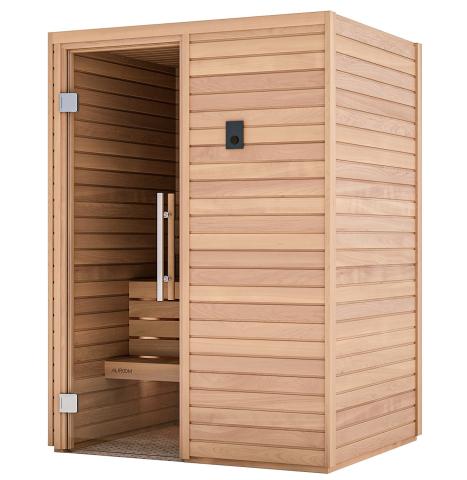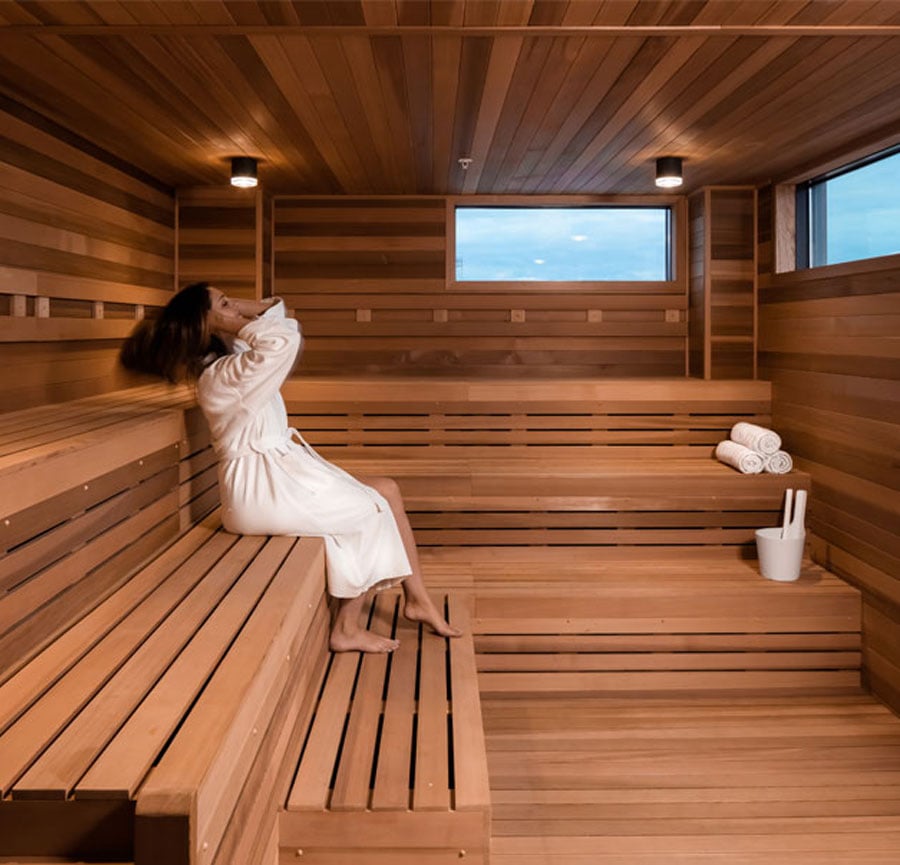Top Guidelines Of Traditional Sauna
Top Guidelines Of Traditional Sauna
Blog Article
3 Simple Techniques For Traditional Sauna
Table of Contents10 Simple Techniques For Traditional SaunaTraditional Sauna Fundamentals ExplainedRumored Buzz on Traditional SaunaSome Of Traditional SaunaThe Best Strategy To Use For Traditional Sauna
A lot of the weight shed in a sauna is water loss and is re-gained upon rehydrating. Nevertheless, undeniably sauna can be a crucial part of a healthy weight-loss program. To take a look at the differences in between standard and IR saunas, I will divide these into proven, academic, and fabricated distinctions.Thus, the best point in the saunawhich goes to the ceiling directly over the sauna heateris normally between 185 and 190 F. Claims that a traditional sauna surpasses 200 F is simply not real and not applicable for electrical saunas sold in the United States. The temperature for a far-infrared sauna is generally set in between 120 and 140 F; nevertheless, unlike the traditional sauna, the goal in and IR area is not to accomplish a high temperature level.
Due to this, the temperature level difference is virtually unimportant, given that excessive sweating causes both sauna types, however the approach of warming the body is various. In an IR sauna the bather will really feel hot and will sweat a lot, yet at much reduced temperature levels (Traditional Sauna). Thus, if the objective is to invest longer time periods in the sauna, the IR sauna is a good choice
When a traditional sauna has actually been effectively heated up, the sauna wall surfaces are cozy, the air temperature level has accomplished established temperature and the rocks are very heated. As an intriguing side note, the warmed walls and the rocks are producing far-infrared heat, combined with the warmed air, to create an "covering warm".
An Unbiased View of Traditional Sauna

When the heat is accomplished, the aspects cycle on and off to keep the heat. A lot of conventional sauna individuals take pleasure in putting water over the rocks to produce heavy steam to raise sauna humidity levels. The advantages of pouring water over the rocks consist of: making the room a lot more comfortable, moistening the nasal flows, and enabling the use of aromatherapy by mixing vital oils with the water.

When the energy goes into the body, it triggers the body temperature to raise and view website inevitably causes perspiration. In an infrared sauna it's vital for the emitters/heaters to continue to be on nearly constantly. Since there is no mass of rocks to preserve warmth, the sauna will certainly cool if the emitters shut down.
As mentioned above, the sauna bather in an infrared area wishes to place himself in front of running emitters to get optimal gain from the warmth. The heating time for the two areas can be extremely various, relying on just how the spaces are utilized. For a conventional sauna, a bather must enable 30-40 minutes for the area to accomplish a desired temperature level and to correctly pre-heat the rocks.
Fascination About Traditional Sauna
A well constructed sauna will normally achieve a temperature of 150-160 F in about 30-40 minutes. For hotter temperatures, the space may require to warmth for a longer duration.

Typical saunas have a tendency to be bigger (thus utilize more electrical power) than infrared saunas, although conventional saunas are definitely readily available in one and 2 individual dimensions too. For a two-person standard sauna, 5x6 or 5x7 size is most preferred. The top bench can easily seat 2 or three individuals and is likewise enough time to rest during the sauna session.
Some Known Factual Statements About Traditional Sauna
The ordinary expense per kWH of power in the united state is approximately $0.11, so a 4.5 kW heating unit will cost about $.50 to run for one hour, if the heating system Check Out Your URL runs continuously for one hour. Normally a sauna heating unit will certainly compete 75% of the very first hour and 50% of succeeding hours on given that the elements cycle once the established temperature level is attained.

Finally, there more helpful hints is a rarely talked about difference in the social experience in between the 2 areas. While our society has actually shed a few of the social benefit of the standard sauna experience, it can be extremely socially satisfying (Traditional Sauna). From household time in the sauna, to heart-felt discussions with loved ones, to sauna partiesthe typical sauna experience can result in intimate mingling
Top Guidelines Of Traditional Sauna
The majority of greater end infrared spaces consist of colored light treatment, noise systems and full-glass fronts.
Report this page